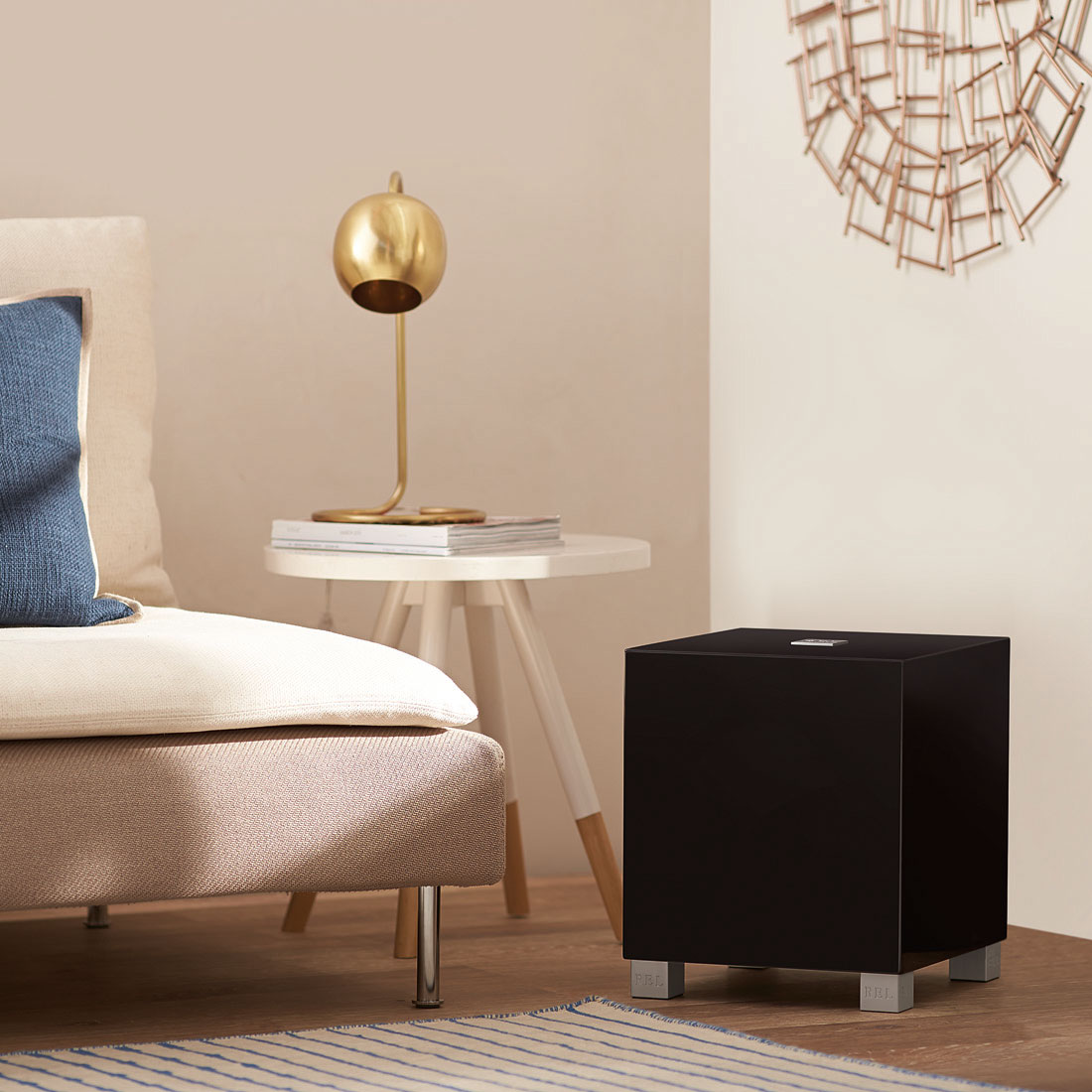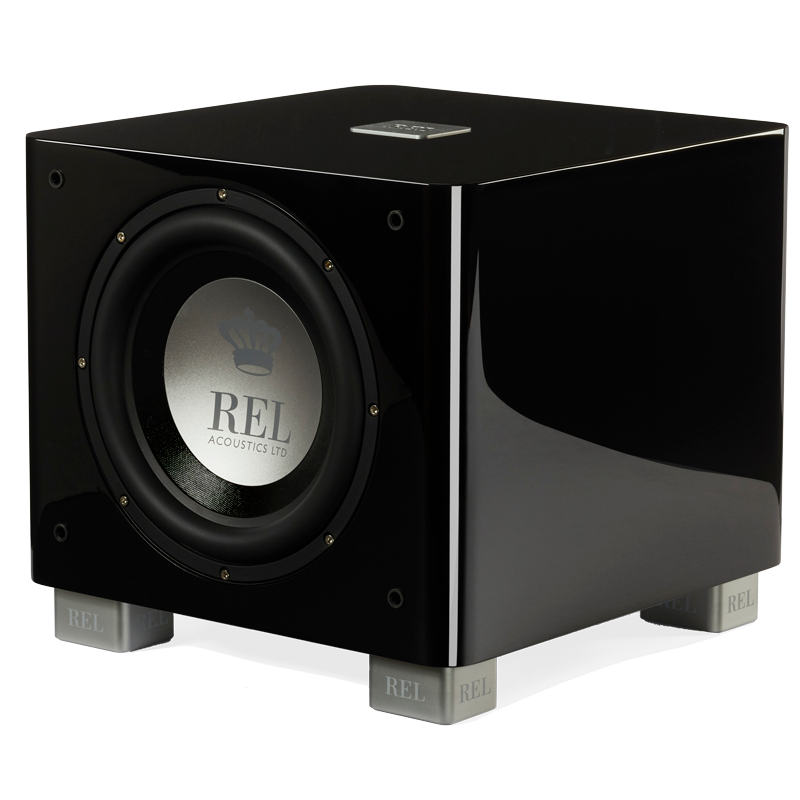Blog
Breaking In Your Subwoofer: Essential Tips for Optimal Sound Quality
How to break in a REL to maximize it’s performance
 A question that comes up regularly is “Do subwoofers require a break-in period and, if so, how do I do it properly?” Great question, for which the answer is an emphatic “yes”, RELs needing it more than relatively heavier-coned, slower subs that will eventually break-in on their own.
A question that comes up regularly is “Do subwoofers require a break-in period and, if so, how do I do it properly?” Great question, for which the answer is an emphatic “yes”, RELs needing it more than relatively heavier-coned, slower subs that will eventually break-in on their own.
It’s funny that many who readily accept that audio electronics such as preamps, power amps and DACs need to warm up and run in for a few days to sound their best act surprised when told the same for subwoofer—it’s as though they think that subwoofers exist in a different realm from other audio components. In fact, subwoofers offer arguably the most complete-and complex-combination of any component in audio.
A subwoofer comprises essentially every component present in a complete audio system, except for the source itself. A subwoofer comprises a preamp (input filters) a power amp—ours feature dedicated, high current power supplies—as many as 5– often on their own board and a separate power amplifier board. It also features a pretty specially developed active driver that can include multiple stages of suspension and, of course, the cabinet which is, hopefully, nothing more than inert and plays no part during the break-in process. But even here, there is one small tweak worth doing at the end of break-in.
Breaking Things in Properly: As with most things in life, there is a right way and a wrong way to break-in a subwoofer. Among the many wrong ways, turning your new sub up to “11” (on a scale of 1-10 metaphorically) as soon as the turn-on delay circuit passes sound is a no-no.
- Check connections one last time, nothing worse than rushing to hook-up the High Level Cable, only to reverse phase during hook-up or leave the bare copper tip of wiring too long allowing it to short out your amp. It’s a really good time to double-check whether your main amp is of the balanced differential type of amplifier design as these require connecting to a ground source other than the black binding post on your amplifier’s outputs.
- Put on a recording—do NOT use gentle classical music even if you love classical music and plan to listen primarily to it once your sub IS working to its fullest. You’ll need something with deep bass that is constant, rhythmic and has repetitive transients. You will only need one great cut set to repeat. We use cut #4 from the soundtrack to Sneakers, the movie.
- Once the system is up and running with your break-in cut, run it at moderate volume for around 15 minutes or so. This allows everything in the amplifier and driver time to adjust and begin warming up. This is an often-overlooked phase of break-in. Current begins to flow through the power supplies, esters and resins used in critical suspension components like the spiders begin to relax and start moving. Like breaking in the engine on a new car, it needs this brief warm-up period to adjust to its surroundings.
- Take the family out for dinner: This is an important part of break-in. No, seriously. Break-in occurs in two phases; 1. The dinner phase is two hours of aggressive break-in, before which even attempting to set-up and dial-in your sub is a waste of time. For the dinner phase, turn the system up fairly LOUD. If you have delicate speakers, leave the overall system level moderate and turn the REL up, in certain cases all the way up in order to generate enough output that you can hear your REL working hard. Open the crossover up—we set it to 12 o’clock but wide open may be needed for the person trying to break it in at a softer level for their main speakers; as it lets more energy flow through the sub but not the speakers. In all instances, stay safe; run neither your REL, nor your system at maximum capacity. We want it given a good moderately loud workout, not being damaged through carelessness.
Having taken the family out for dinner and turned your system on looping your killer break-in cut (reggae works pretty well due to its rhythmic, looping bass), when you get back after 2 hours, you will notice an immediate and profound change. Your REL will be playing much louder, and it will be going down half an octave lower in bottom end extension. We’ve measured 4 dB of difference before and after. Congrats, you can now set-up and dial-in your settings to your main system knowing that the primary break-in has taken place. You can trust your settings as they will only change a small amount after this. Also, your family will thank you for not driving them completely crazy.
4b. Final break-in: The second and last step we take—easier done at a hotel for a show, or in a store, is to run the sub in overnight or when you leave for work once we’re happy with set-up. A good 10-12 hour break-in run—performed at a lower volume level than the aggressive level used for the dinner break-in but still moderately loud–completes the run-in process. During this final phase, the primary benefit is to the driver and we’ve measured around a 2 dB additional amount of gain being released so it’s well worth it. That’s like getting a free 50-100 watts worth of power amplifier just by knowing how to break a unit in properly.
Do’s and Don’ts:
- DON’T use pink noise, a sound used by professionals that sounds like static, and think you’re doing a damned thing. Bass is energy displacement and requires large-scale movement in order to exercise the driver.
- Don’t think that playing a good sub at modest levels for a year will accomplish much in break-in. While the amplifier will be stable, the driver won’t break-in and seat properly. Maybe with heavy, slow old tech woofers this worked but not with modern, lightweight cone/voice coils.
- DO gently use the correct-sized hex/allen wrench after break-in to check the tightness of the driver mounting bolts. Gently tighten opposite bolts working from North/South to East/West, then fill-in the intermediates. The idea is to snug up all the tension but don’t crank down aggressively as it is possible to strip the threads.











